We get asked time and time again, “What does the process look like to craft an augmented reality campaign”?
After speaking with the team and other peers in the space, we found a lot of similarities in our processes (and some differences).
The following is a step-by-step guide to help you plan and execute a successful AR campaign.
Discovery Period
Step 1: Goals and Customer
Step 2: Internal Communication
Step 3: Project Scoping
Step 4: Contracts
Pre-Campaign Flight
Step 5: Experience Development
Step 6: UI/UX Creation
Step 7: Testing
Campaign Flight
Step 8: Integration
Step 9: Launch
Step 10: Iterate
Post Campaign
Step 11: Reports and assessments
Discovery Period
You’ve decided to look into augmented reality to drive value for your business, nice one! Let’s begin:
1. It starts with your goals and your customer
- Clearly define the objectives of your AR campaign. Identify what you want to achieve, whether it’s increased brand awareness, customer engagement, foot traffic, purchase intent, user-generated content, PR, sales, or something else.
- Establish measurable goals to evaluate the campaign’s success. This will also be useful for knowing when to iterate as the campaign is in flight.
- Understand your target audience. Think through what they’re interested in, what past campaigns have been successful (which one’s weren’t), and what’s relevant in news and culture as your campaign launches. Tailor the AR campaign to appeal to their interests, preferences, and behaviors.
2. Get the right people on the bus

Now that we know your goals and customers, you need to make sure the right team members are in the room.
This is a good opportunity to loop in retail, media, brand, social, and even product teams into the conversation so that you can drive down further into specifics and so that everyone is aligned regarding the goals, customer, and soon implementation.
The smoothest implementations always consist of everyone being on the same page.
3. Scoping and high level prep
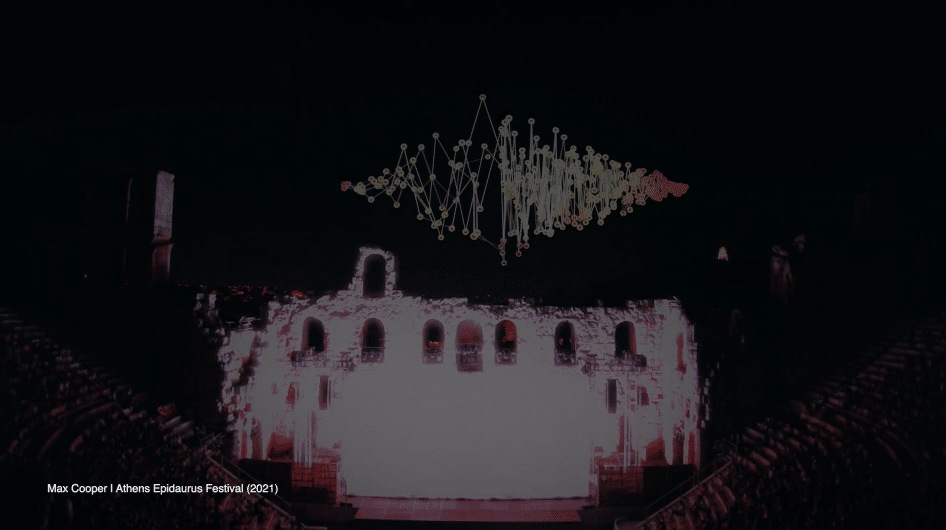
This step deserves an article of its own given the variety of campaign solutions. Not to mention, each AR company, product, and agency may have a nuanced (or in our case) core formula for creating the scope. This will be more of a tl;dr so apologies for the brevity. Over at Illust, we construct our client and customer solutions around the following core pillars:
- Immediacy: how quick and accessible are the AR encounters?
- Personalization: how relatable is the AR campaign?
- Culture Impact: how much brand value is received from earned media, influencer involvement, and customer mobilization?
We then tailor the type of augmented reality features and web3 building blocks according to the goals, customer, and value pillars. The following is a mix of AR feature sets to consider:
- AR technology type: this is how my customer engages with augmented reality. AR experience (or encounters as we like to call them) can be created off of real-world markers, environments, faces, and even geofenced to a specific location in the world.
- Browser vs. App: consider the platforms your target audience uses and choose accordingly. Would a standalone AR app, AR integration into one of my apps or products, or a web browser-based AR experience be better for my customers to access repeatedly?
- Content: do you want to bring in art, projects from influencers, or craft product visualizations? How do they all tie together throughout the campaign?
Some thoughts from one of the companies surveyed:
4. Contracts and how to buy
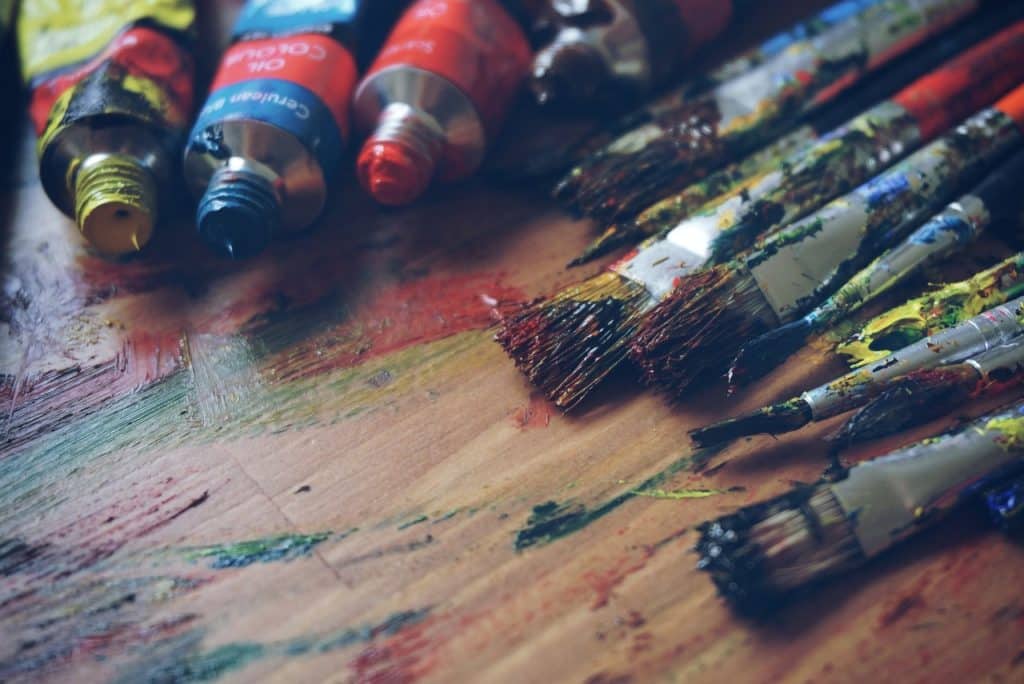
Before code is written, artists/influencers are activated, APIs are connected, and experiences are fully laid out, a contract is put in place that does a basic scope for the engagement. Of course, every activation is different and has different demands and requirements.
Your AR solution provider may charge in a variety of ways:
- Software as a Service(SAAS): monthly flat fee, turnkey solution
- Project-based: fixed contract vs. hourly for a specifically customized bespoke integration
- Creative: experiences can be created from the ground up and/or even rented. Depending on who you plan to activate for the experience, not all creative has to be developed from the ground up, especially if influencers are involved.
- Media: some agencies and platforms (including us) will offer media support from influencers involved and from existing media reach
Pre-Campaign Flight
Now you’re cooking with gas, as you have your KPI’s, customer, campaign scope, and contracts all squared away. It’s time for the rubber to meet the pavement:
5. Experience development

- Based on your discovery process, the agency will lock down your AR creators and AR content to be sent over for sign-off.
- Be ready to review the creative concepts produced by your AR agency. Your feedback is extremely valuable as you know your customers better than most!
- A good rule of thumb is to have at least 2 rounds of creative feedback on the AR encounters to be produced.
- Some agencies generate insertion orders for the talent, influencers, or creatives activated for the campaign only after the contract is signed.
6. Design the user interface (UI) and user experience (UX)
Depending on the discovery process, you should have a clear understanding of your customer’s user journey:
- Whether it’s scanning a QR code, downloading an app, or visiting a specific location, make sure users understand how to engage with the AR campaign.
- Your AR partner will be working on the AR interface to ensure it’s a user-friendly experience, with a clear customer journey that drives to your expected outcome.
- Some campaigns feature episodic AR content while others utilize a single AR encounter throughout the campaign. Be sure to mark your calendars and rally the marketing resources around these dates!
- Does the location, product, or event have special requirements that need to be accounted for in the development of the experiences? For example, the network, size of the AR experiences, and location can all affect your AR experience.

7. Test the AR experience
- Give it a test! Ultimately your initial sniff test could provide invaluable feedback for your AR partner.
- Make sure your partners are testing the AR experiences on different devices, platforms, and locations to ensure compatibility and a smooth user experience. Address any technical issues, glitches, or performance concerns before launching the campaign.
Campaign Flight
The augmented reality campaign is now ready for your customer. To maximize success be sure to:
8. Integrate with your marketing channels
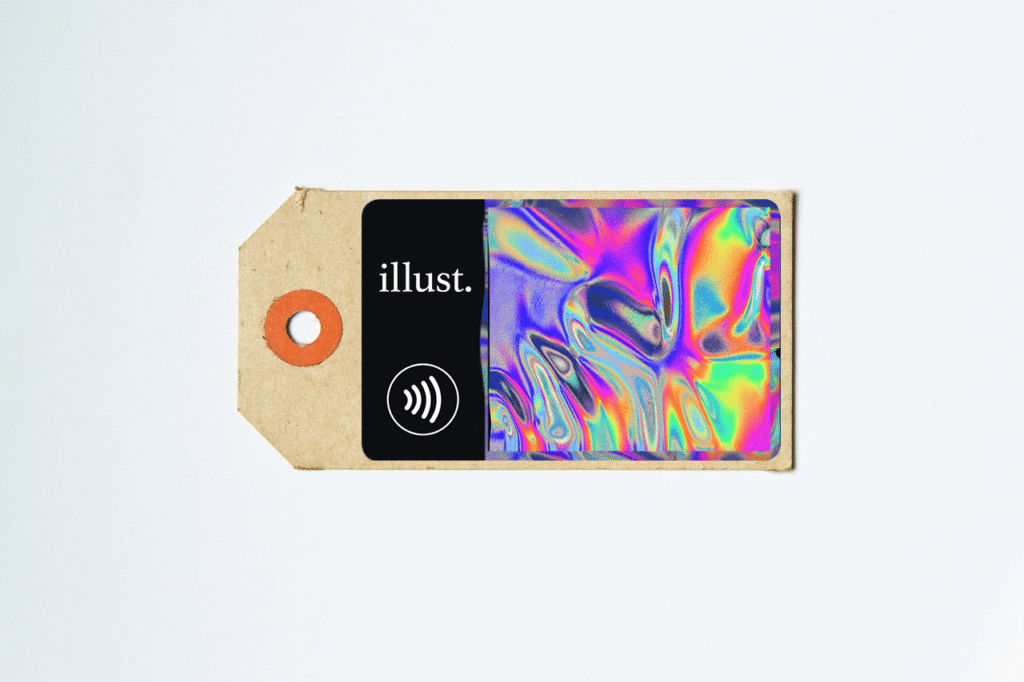
- Assign dynamic links, QR codes, and NFC tags to your existing marketing channels. This could involve promoting the AR experience through social media, email campaigns, packaging, e-commerce, in-store, or other channels to maximize reach.
- Tie the campaign into your existing loyalty funnels to ascribe points and attribute activity to most important behaviors.
9. Promote your AR encounters
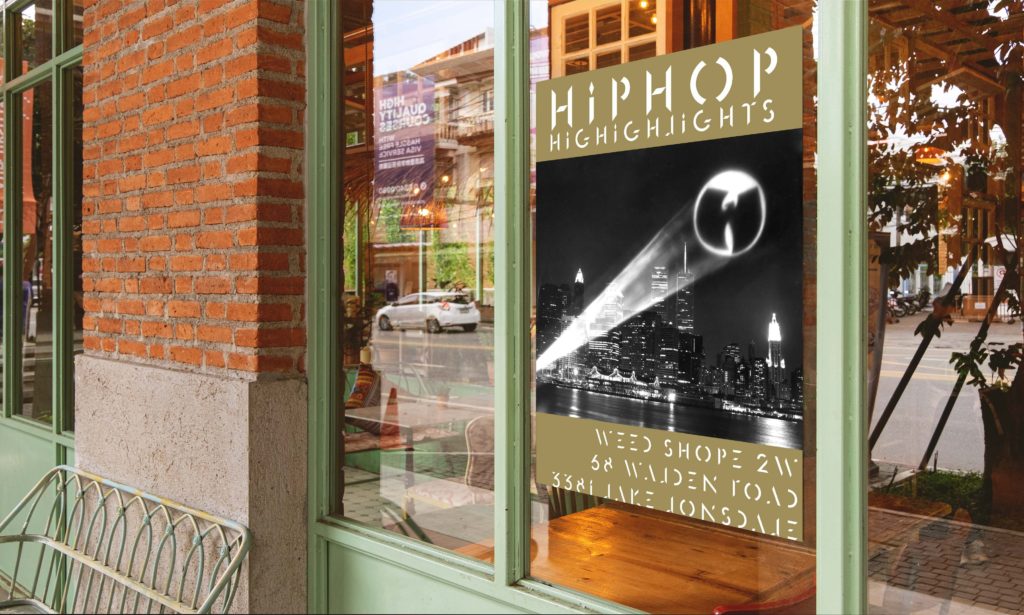
- Promote the campaign across your chosen channels. Consider using influencers, teaser campaigns, or exclusive previews to generate excitement and anticipation.
- Augmented reality is a visual platform, be sure to repost the awesome visual experiences your customers are having that drives a deeper connection with your brand identity.
10. Iterate off of analytics and feedback
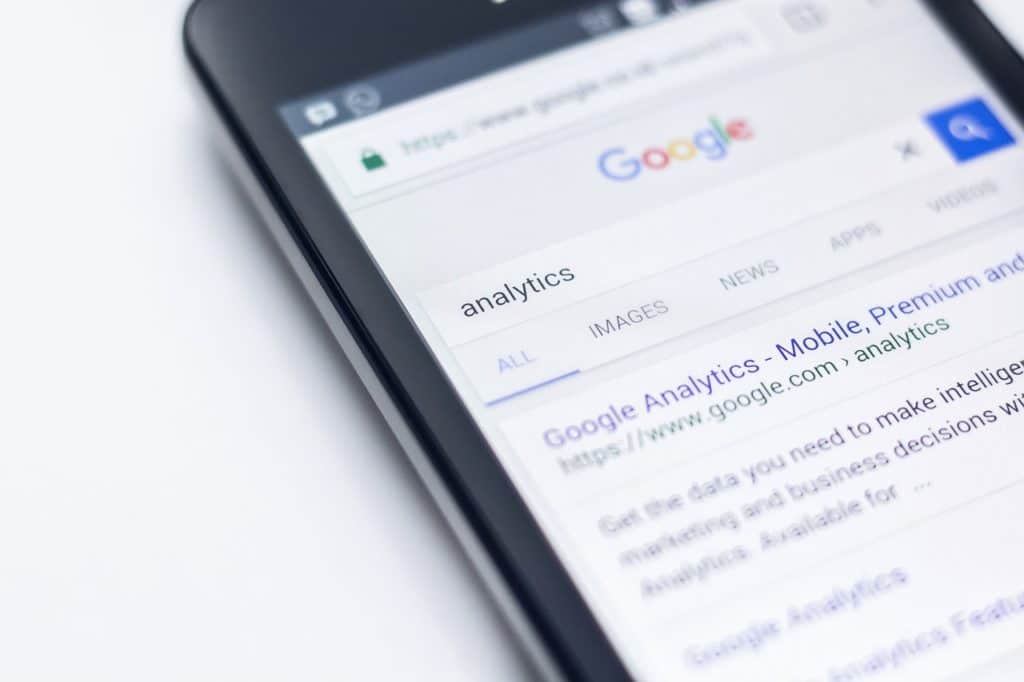
- Promote the campaign across your chosen channels. Consider using influencers, teaser campaigns, or exclusive previews to generate excitement and anticipation.
- Augmented reality is a visual platform, be sure to repost the awesome visual experiences your customers are having that drives a deeper connection with your brand identity.
Post Campaign
Congrats, you’ve successfully completed your first AR campaign. To ensure future success, take inventory of what occurred.
11. Generate Reports and Assessments
- Which influencers, content pieces, locations, and marketing channels performed best?
- Launch surveys, repost user-generated content, and poll your customer base.
- Based on the feedback, launch an even more targeted AR campaign for your audience.

Summary
By following these steps, you can develop a well-planned and effective augmented reality campaign that aligns with your marketing objectives and resonates with your target audience. If you ever need a helping hand, give Illust a shout!
More from Illust

AR Photo Contest Announcement
Into the Wild is an exploration of digital art in the physical world. Co-hosted by Mint Gold Dust and Illust, Into the Wild is about capturing moments in the world provided by digital creations.
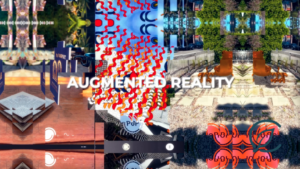
How to Move Through the Illust AR App
Welcome to Illust! You may have found yourself here because of an event, an artist hookup, a walk about town, or through one of our retail partners. At any point, you may land on one of the following components of the application: AR Experience Flow PoP and Claimable NFT Flow Map Navigation Layer or Quests
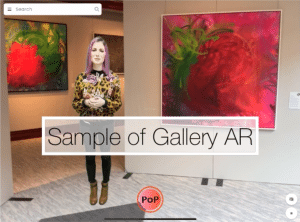
Four Seasons AR Docent Media Advisory
Illust partnered with the Four Seasons to present an augmented reality docent for their LOVE IS AN ART Gallery Exhibition. With works from Pablo Picasso, Joan Miro, Jeff Koons, Marc Chagall, MegZany, Risk, Mr. Brainwash, Gregory Siff, and Mesple, the hologram-powered docent is the first of its kind on the blockchain tied in with special proof of presence tokens for participation.

